mercredi 16 septembre 2015
Custom Land Speed Scout – Indian Motorcycles
The legendary Indian Scout name has been a part of many stories throughout history, powering Burt Munro’s dogged pursuit of a world land speed record at the Bonneville Salt Flats. As a tribute to our past and the legendary power of this bike, we present this custom land speed Scout, coined the “Black Bullet.”
A battle royal at Blenheim for Salon Privé 2015

A relaxed atmosphere, a beautiful (new) location, a fabulous selection of classic cars and, mercifully, dry weather combined to make the 10th Salon Privé an event worthy of its premier status…
For 2015, Salon Privé was relocated to Blenheim Palace, a grand venue that couldn’t be more ideal for hosting a beauty pageant, both in the automotive and human senses.
Hard-fought competition
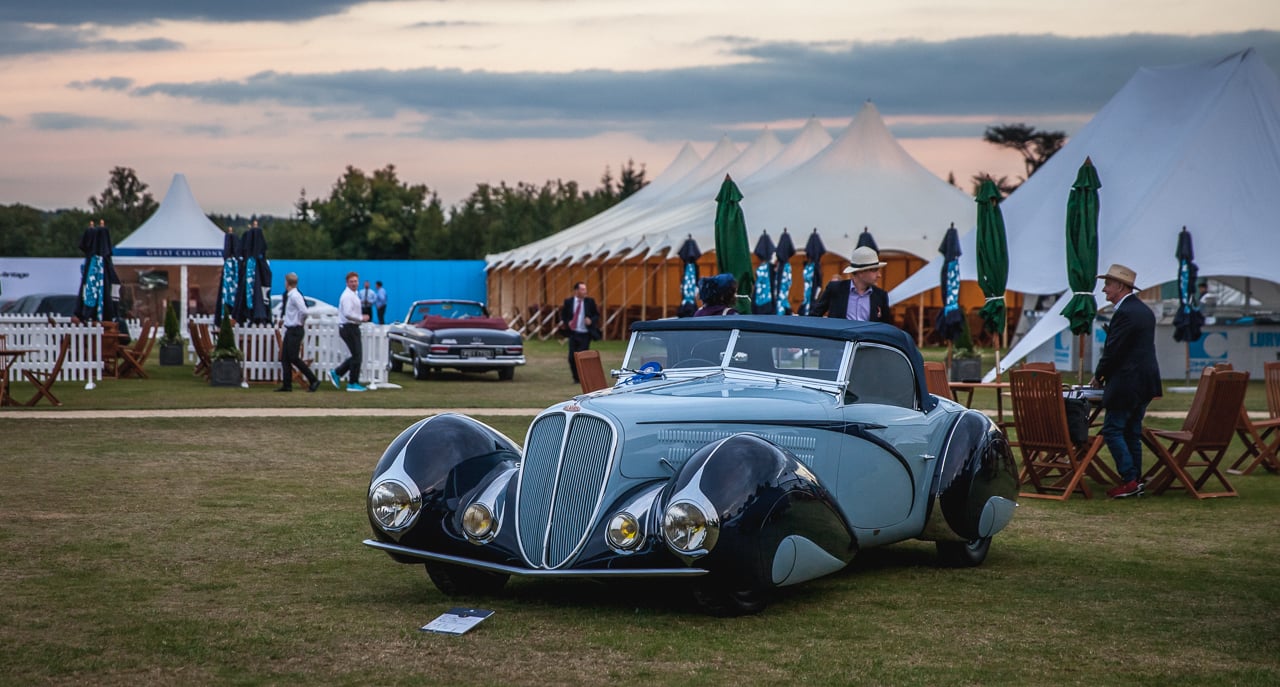
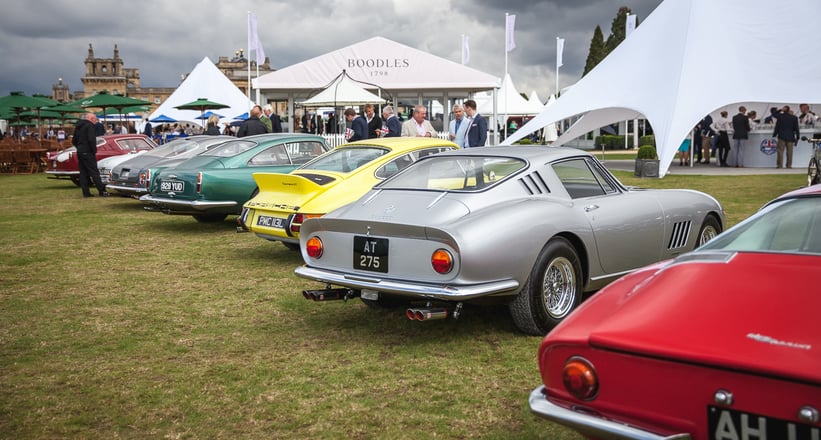
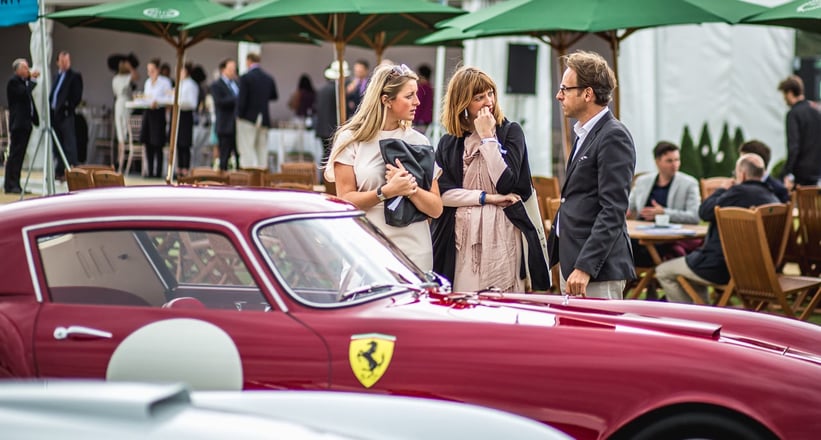
Situated on the South Lawn, the Concours d’Elegance was arguably the finest (and most hard-fought) yet, the choice of ‘Best of Show’ a responsibility that we’re sure hung heavy on the shoulders of the discerning judges (led by Derek Bell, no less). Ultimately, the prize went to the JD Classics-prepared Jaguar XK120 ‘Jabbeke’, owned by Kurt Engelhorn, while Peter Mullins’ opulent Figoni et Falaschi-bodied Delahaye 135MS Cabriolet, known as ‘The Star of India’, rightfully earned the coveted ‘People’s Choice’ – it’s an outstanding example of art deco design.
Food for thought
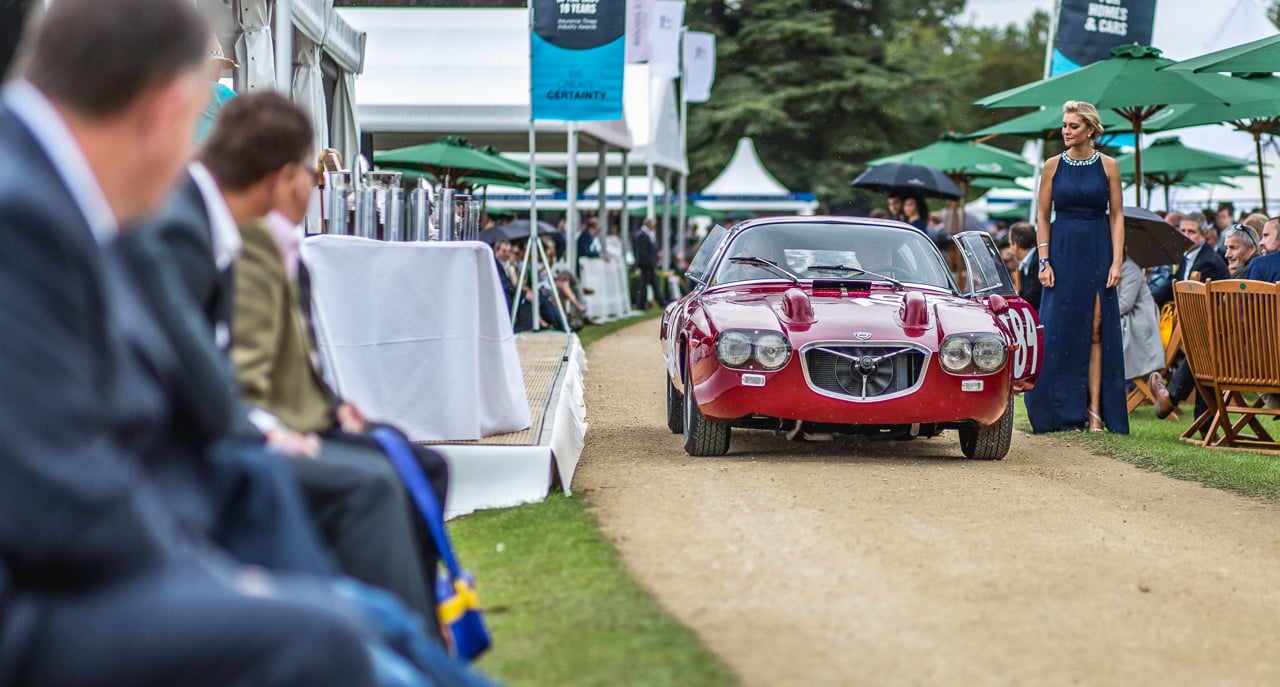

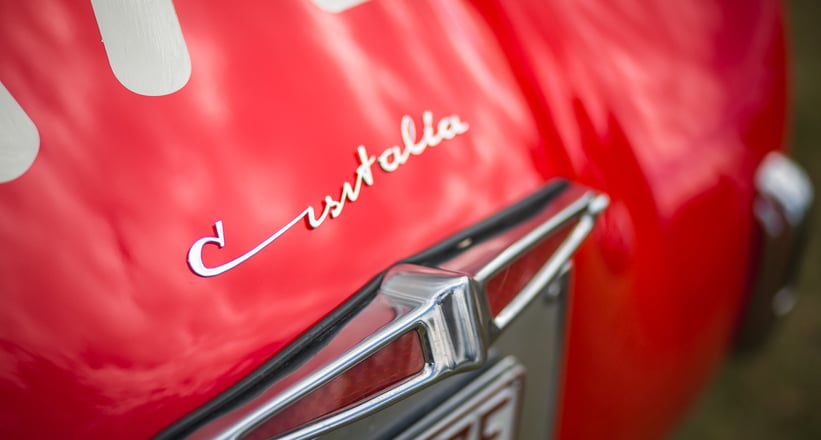
As we tucked into our lobster lunch (washed down with a flute of champagne, naturally), we mulled over our favourites. The crudeness of the (class-winning) Lancia Sport Prototipo Zagato was a refreshing change from the abundant polished lacquer and chrome elsewhere on the lawn, while in the ‘Wind in Your Hair’ class, the simple yet remarkably charming 1955 Goldmanini vied with the Cisitalia 202 SMM ‘Nuvolari’ Spyder for our affections. The latter was the first prototype built, differing from other 202 SMMs in several significant ways (namely a steel body, rather than aluminium). “When you need to come out of a corner quickly, you can downshift to third but all you do is make more noise,” quipped its custodian.
Back to the future
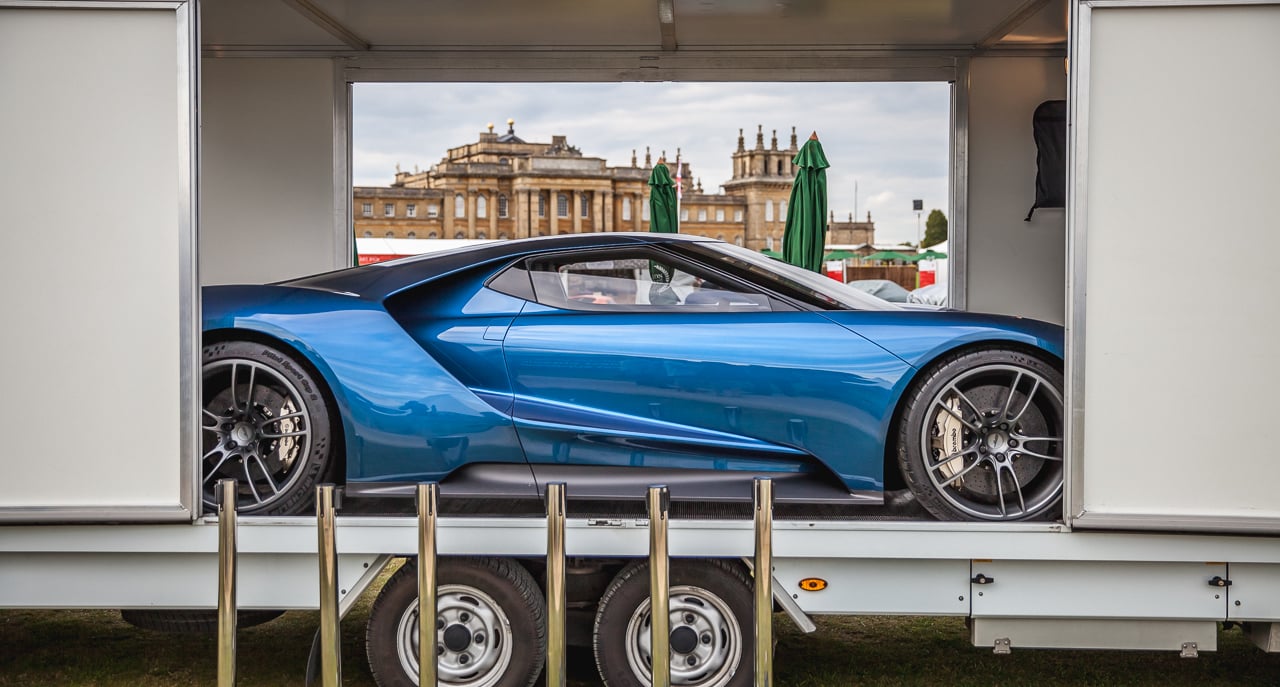
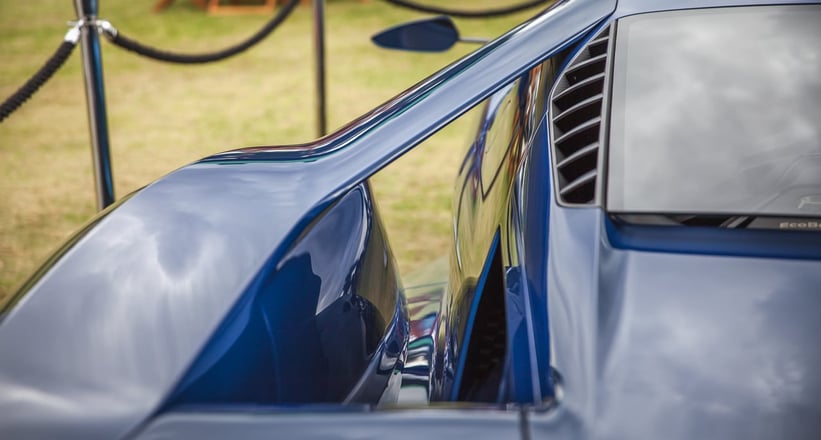

Modern supercars and concepts play a prominent role at Salon Privé, too – Saturday sees the ‘Prestige and Performance’ competition taking place, for post-1975 supercars, while throughout the event, cars such as the McLaren P1 GTR, Ferrari FXX K and Aston Martin Vulcan were real crowd-pleasers. James Bond’s new Aston Martin DB10 was, unsurprisingly, stunning, and we’re pleased to confirm that the new Ford GT concept looks just as spectacular in the flesh as it does in the photos (the judges clearly thought so, too, as it won the ‘Concept Cars & Prototypes’ class).
Excellent exhibits
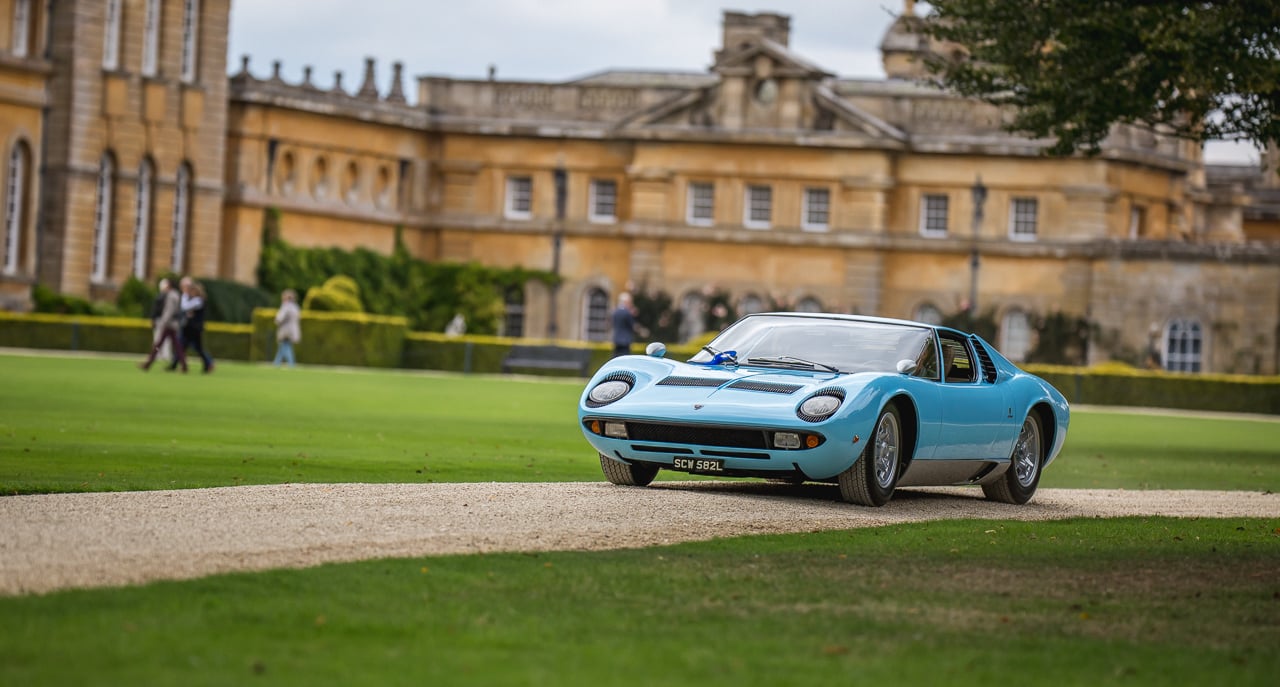
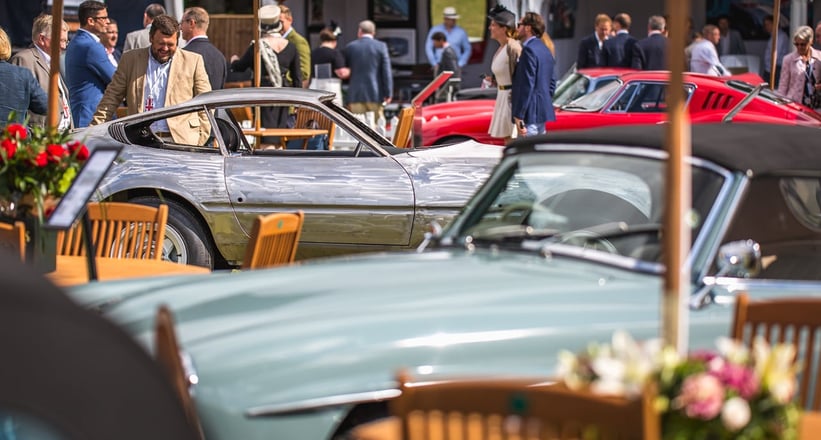

In case the excitement of the concours (or indeed the champagne) went to your head and the impulses kicked in, several dealers – many of whom list their wares in the Classic Driver Market – were on hand. Nicholas Mee, Joe Macari, Tom Hartley Snr and Hexagon Classics all had cars worthy of the concours itself, let alone the trade stands. And of course, Silverstone Auctions held its sale on Friday evening, at which Classic Driver was invited behind the scenes.
Photos: Tim Brown for Classic Driver © 2015
Expedition Overland's Central America Expedition Ep10
Honda CB350 – Escape Collective
Less than two years ago Hill Hudson had his first bike featured on Pipeburn.com and it was predicated “we have a feeling we’ll be seeing a lot more from this guy in the not too distant future.” Well it seems that prediction has come to fruition, as Hill is back in a big way and his Café Tracker inspired 1973 Honda CB350 sets the bar more than a few rungs higher. While completing his studies in Illustration at the Pacific Northwest College of Art in Portland, Oregon, Hill submitted the first bike in his Escape Series as his major thesis. That Yamaha XS650 was such a success that the philosophy behind the build has manifested itself into a place that is more than just a workshop. Escape Collective is a team of designers, makers, artists and engineers who use their professional talents to create an array of artistic projects, some of which just happen to be motorcycles.
It is in this space and with the help of his friends that Hill has created his latest masterpiece, the CB350 known as ESC Machine #002. With the CB stripped to just the frame Hill set about creating the sort of bare bones that would be the foundation for his automotive art. But he isn’t just a brilliant designer, this bike is built by his hands and having seen the build photos he can weld with the best of them. The original subframe was removed and Hill created a new one from scratch, bending his own pipe, sleeving and TIG welding for the ultimate in fit and finish. Most people who build a twin shock bike keep the standard shock mounts. Not Hill, he used round bar to create his own custom items that were designed to make sure they not only look good but keep the geometry spot on! Not wanting to leave it there the swingarm is extended 3 inches and the lower shock mounts modified to retain the correct leverage angle.
The CB350 tank is a popular swap for not only other Honda’s but many Café Racer builds but Hill wasn’t interested in just being one of the crowd. So he’s taken an old XL250 tank and cut the tunnel out of it, welding in a CB350 tunnel for a perfect fit to the frame. It’s this extra level of detail that makes spending time studying this build such a reward with Hill going the extra mile on every component. He’s even laid down the paint work himself with the white and green acrylic with “Escape Collective” graphics a brilliant throwback to customs of old. Keeping the rustic craftsman like theme going is the leather seat that Hill made from scratch stitching it together on an old industrial sewing machine.
When it comes to suspension on old Honda’s the status quo seems to be either keep the standard forks or go all out using modern USD items. Hill has gone a different route, first the forks were completely disassembled and rebuilt to ensure perfect operation before new covers were machined from scratch that not only look amazing, they give the appearance of what an USD fork might have looked like in the 70’s. Out back the new shock mounts play host to a new set of adjustable shocks with progressive rate springs for vastly improved handling. Steering duties fall to a set of Tracker bars that Hill bent up himself to fit the design of the bike and his personal riding requirements. These are held to the top triple tree with conical-shaped risers that Hill machined up on the Escape Collective lathe.
With a clear love of hands on craftsmanship Hill was back at the tools to create more pieces for the build, off the shelf bolt-on components just wouldn’t do it justice. The classically styled front and rear fenders were hand-made with sheet metal hammers and an English wheel. The rear fender holds the tail light that is one of the few components Hill didn’t make, but his buddy James Crowe from West America came to the party with just the right item. The twin headlight setup is more commonly seen on Street Fighters but using Model T Ford lenses it’s a perfect fit and they sit in custom-made housings. The leather wrapped grips with brass ends are matched to a set of footpegs that have been spun on the lathe from hexagonal solid brass.
Powering this little Honda is the classic CB350 engine that made it such a hit when it was released, smooth, reliable and peak power at 10500rpm were a rare combination in the 1970’s and holds up with similar sized engines today. To extract a few extra ponies over the 36hp from the factory the fitment of Mikuni twin carbs is a popular choice for very good reason. Extracting the gases are a stunning set of stainless steel two-into-one pipes that Hill, naturally, made himself and finished off with a single short reverse cone muffler in true Tracker style. To keep the look of the 70’s alive the drum brakes have been retained, although thoroughly cleaned up and are laced to 1 inch over stock 19 inch rims wrapped in some period correct rubber.
The final product is more than just a well fabricated motorcycle crafted by the hands of a talented young man whose metal work abilities are incredible for a professional Illustrator; This is a machine with a purpose “Let’s be honest, the thought of escaping the day job with a sketchy blanket strapped to your front end and hitting the trail with nothing but a bottle of whiskey and some bacon strips is good motivation to build a tracker style bike” Enthuses Hill. The Escape Collective name says it all, a group of creative friends who find solace in the build process and a physical and mental getaway with the finished product.
via PIPEBURN
Has Porsche blown it with the new Carrera?

The normally aspirated Porsche six-cylinder boxer engine has found a home in the back of the 911 since 1963 but, as the old saying goes, all good things must come to an end. The future of Porsche has Turbo written all over it...
The reasons for this radical decision are reduced emissions and decreased fuel consumption. Consequently, the engine of choice for the 2016 Carrera and Carrera S is an all-new, 3-litre, twin-turbocharged, six-cylinder boxer. “The normally aspirated six-cylinder is a famous engine in the 911, but we face some challenges, not only in terms of fuel consumption and emissions, but also from our competitors,” says senior Porsche engineer Dr Erhard Mössle.
Tit for tat
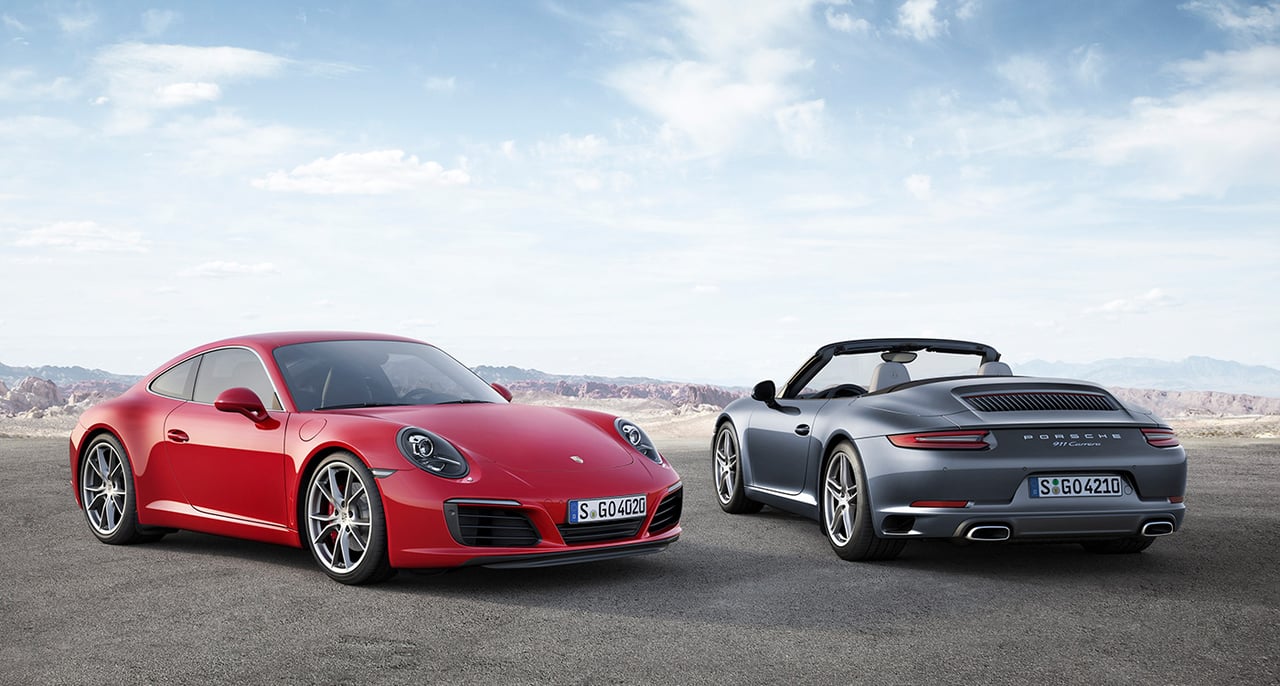
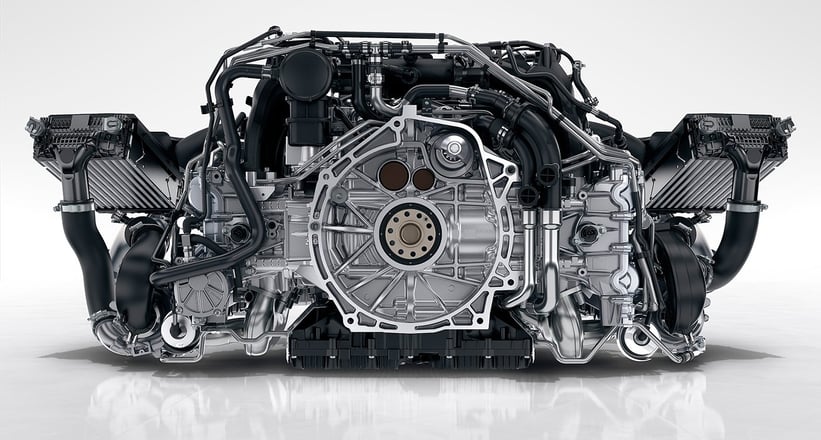
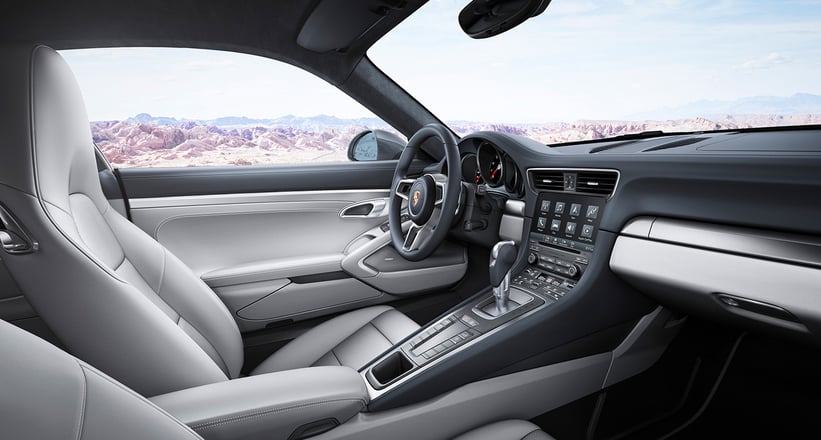
The turbocharged future of Porsche comes with various perks – the Carrera and the Carrera S are now significantly more powerful, both boasting increases of 20bhp (to 365bhp and 414bhp, respectively) and 44lb ft of torque (to 332lb ft and 369lb ft). Impressively, despite this extra performance, emissions have been reduced by around 10 per cent. According to Porsche, a new Carrera with PDK now achieves 38.2 miles to the gallon, and the S will return 36.7mpg. The future of Porsche cars is not only greener, but also more powerful and faster – we’re sure even the most diehard enthusiast will approve of that...

Text: Frank Diebel
Photos: Porsche
Behind the scenes at Silverstone Auctions’ Salon Privé sale

The annual Salon Privé sale is Silverstone Auctions’ jewel in the crown, and this year’s 62-car affair had been in the works for several months. But behind the scenes, what exactly goes into holding a car auction? We joined Silverstone Auctions to find out…
Consignment
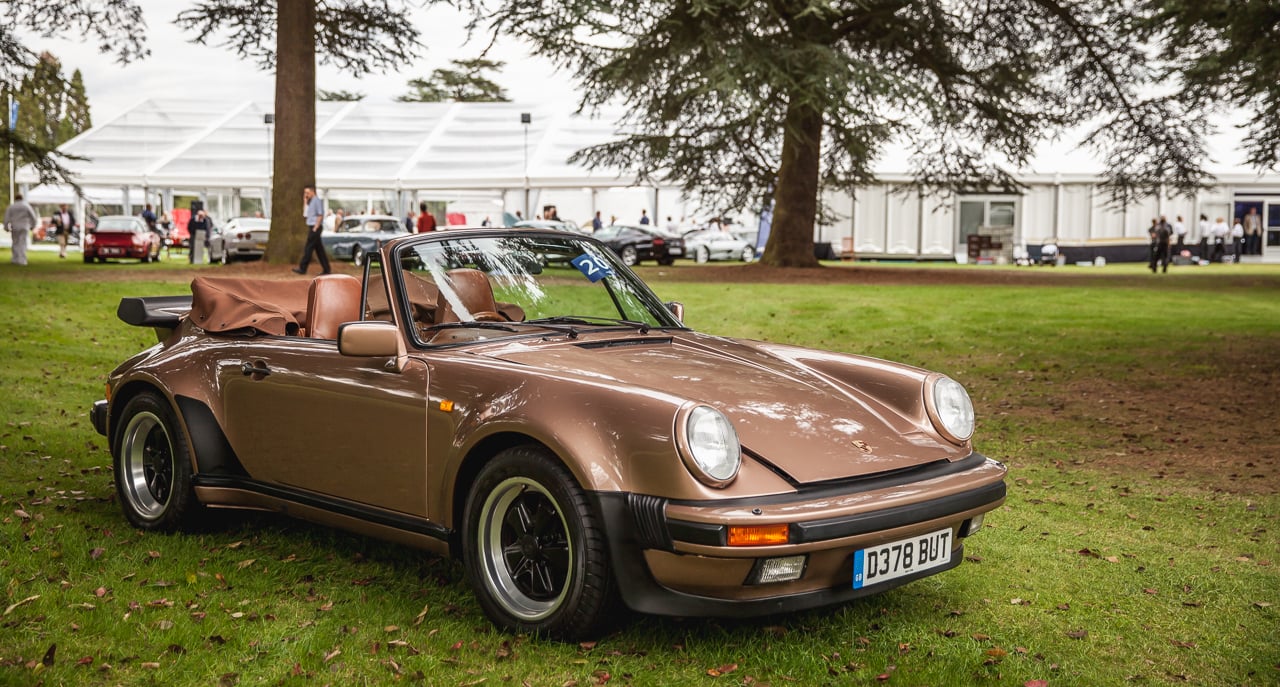

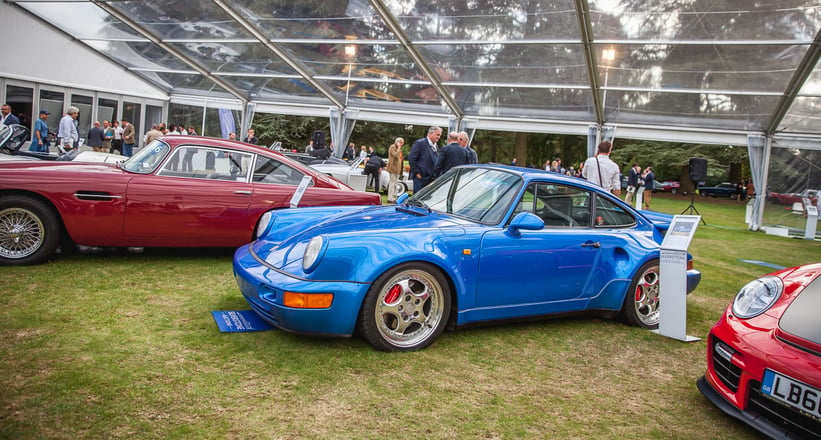
Consigning cars for auction is a two-way process. “Frequently, you’ll get a guy who says, 'I’ve got something interesting, you should come and have a look at it',” says Adam Rutter, Classic Car Specialist at Silverstone Auctions, “but we do make enquiries ourselves if we know of a certain car or collection that might be of interest.”
Before a car is approved (it’s important to note that the car must also meet the auction house’s standards and suitability), the consignee will gather as much information about it as they possibly can, before presenting their findings to a valuation committee. Once agreement is reached and an estimate (excl. buyer’s premium) has been established, it is negotiated with the owner. Then the car is photographed, its entry-form completed, history vetted, and catalogue description – for the auction of the owner’s choice – written.
On the day
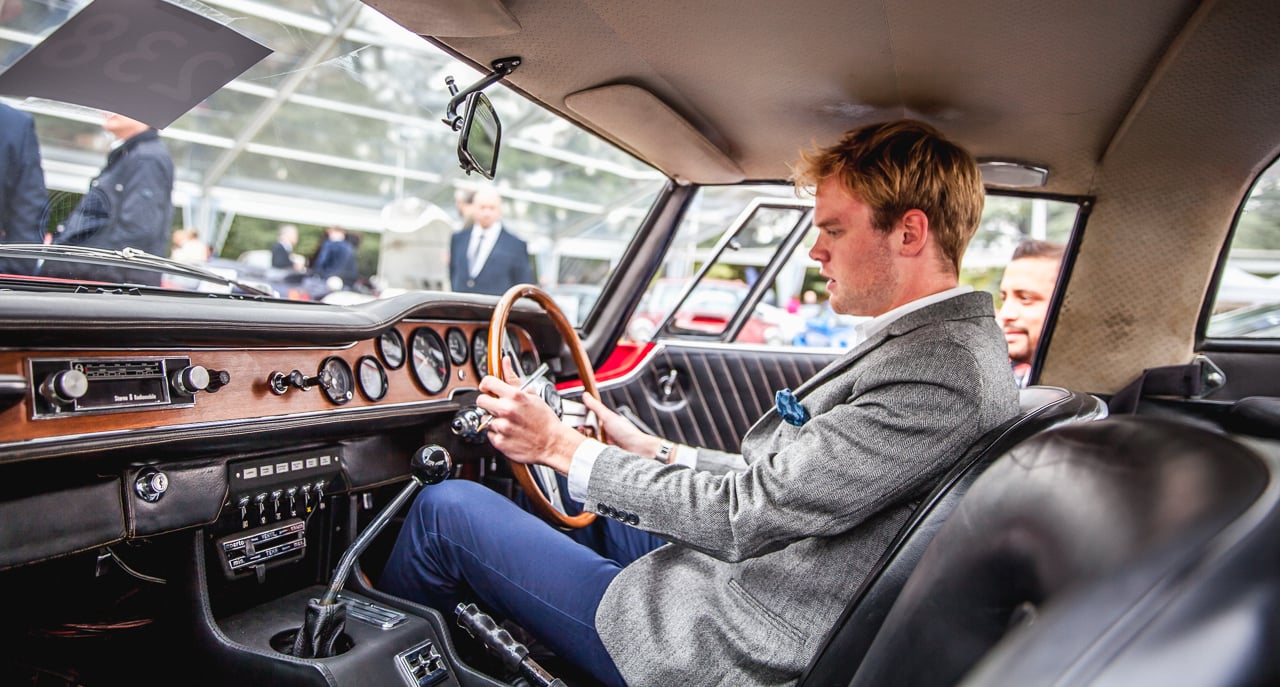
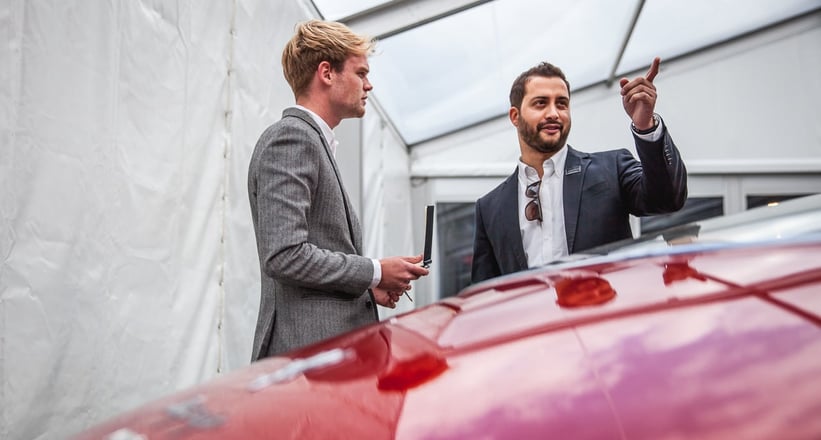
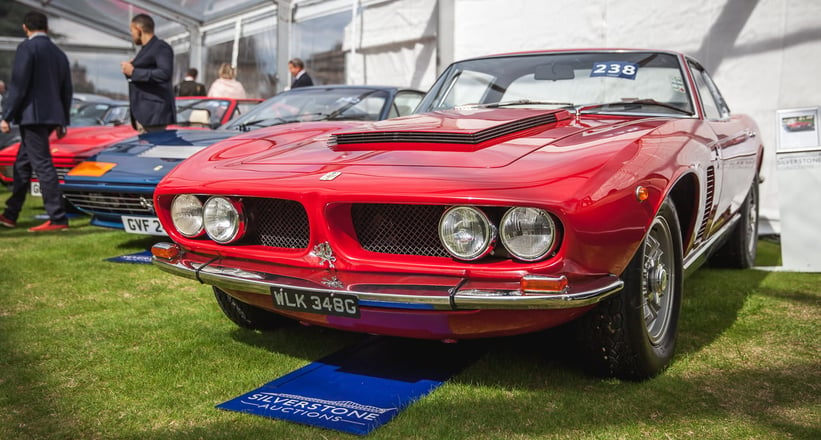
Fast forward to viewing day at the event, where all the cars are presented prior to the sale. We took on the role of a buyer, and chose a particularly good-looking 7-litre Iso Grifo (the 1968 Earls Court Motor Show car, no less) to inspect. I asked Rutter what he might be telling a potential bidder at this point. “It depends how much they know about cars – some of these guys know more than you, and there’s no point trying to fool them because they’ll find you out very quickly. I normally ask them to have a good look around the car, and then we can have a look at the paperwork.”
Cache for confidence
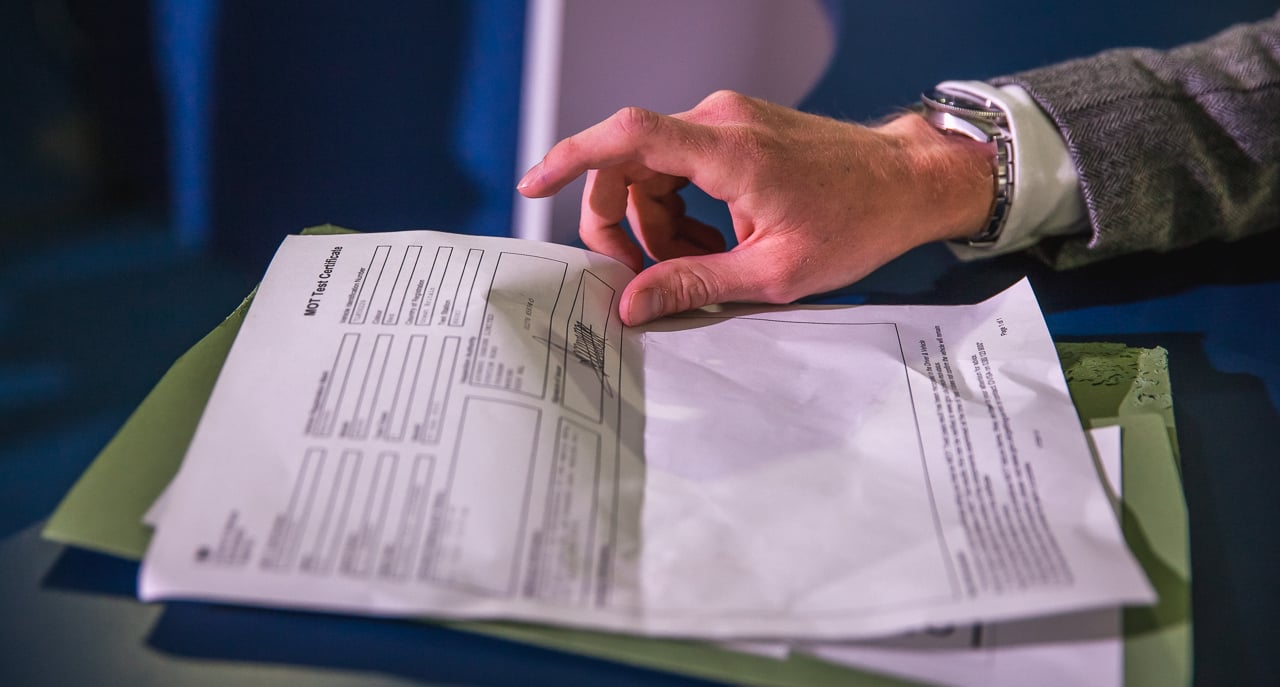
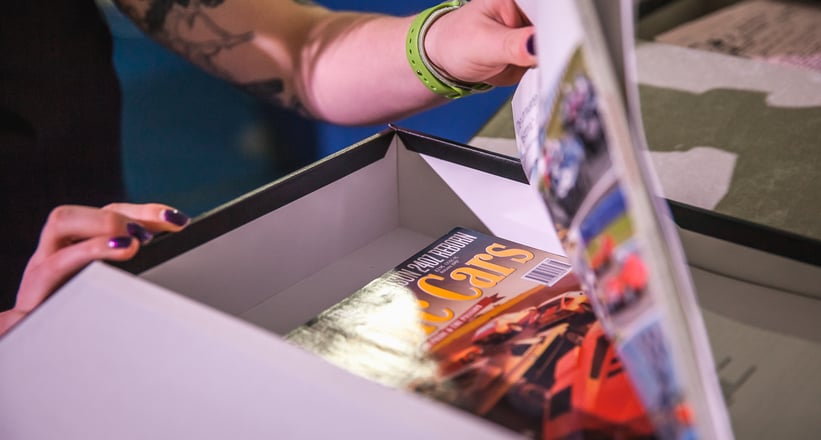
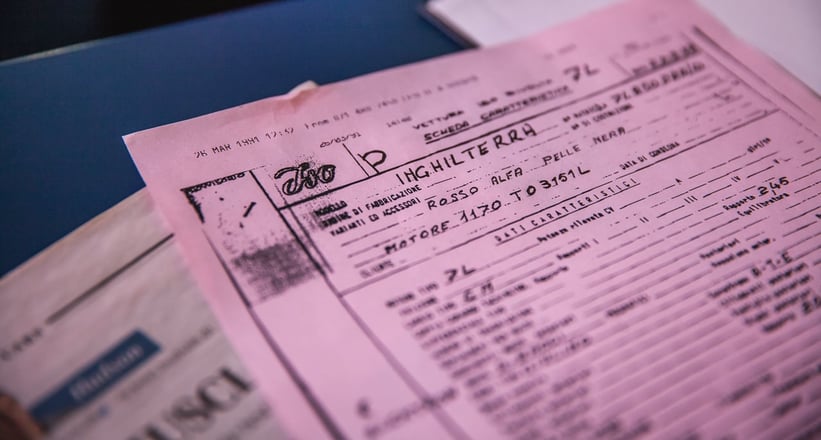
More often than not, the paperwork tells more of the story than an inspection, and the history desk at the sale is a treasure-trove of automotive history, ready to be vetted by prospective buyers. By sheer pot luck, it so happened that the owner of the Iso had been fastidious in this department, as evidenced by the two full boxes of documentation (and a separate store of parts), including magazine reports, service receipts, the original bill of sale, and hand-written notes from a motor club to which the owner belonged. Such a collection would certainly inspire confidence, if one were in a position to buy.
It’s show time
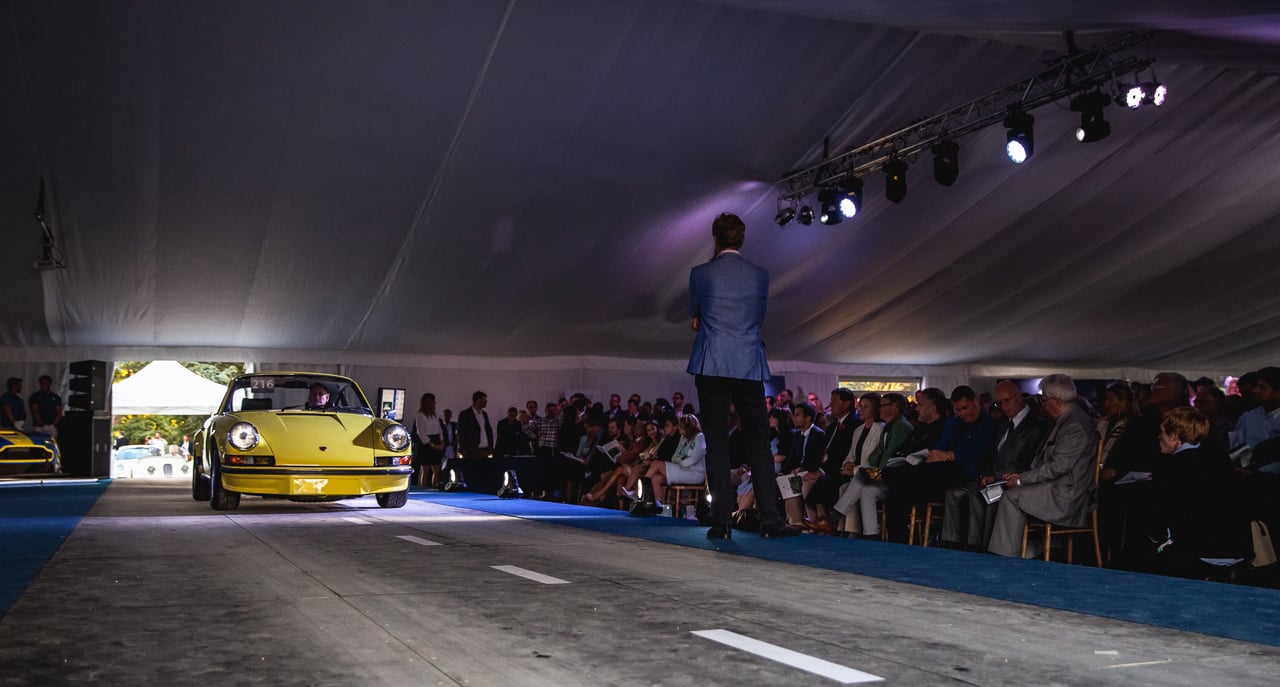
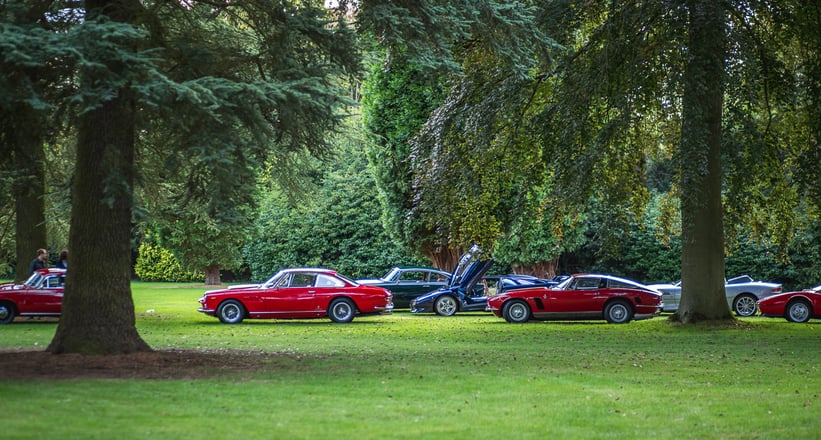

Once the canapés are devoured and empty champagne flutes collected, the action begins. The Salon Privé sale was Silverstone Auctions’ first try at a roll-on, roll-off auction, no doubt in a bid to heighten the excitement in the room. Auctioneer Jonathan Humbert (after a lengthy pre-sale ritual in order to psych himself up) takes bids in three ways – in the room, online, or via telephone.
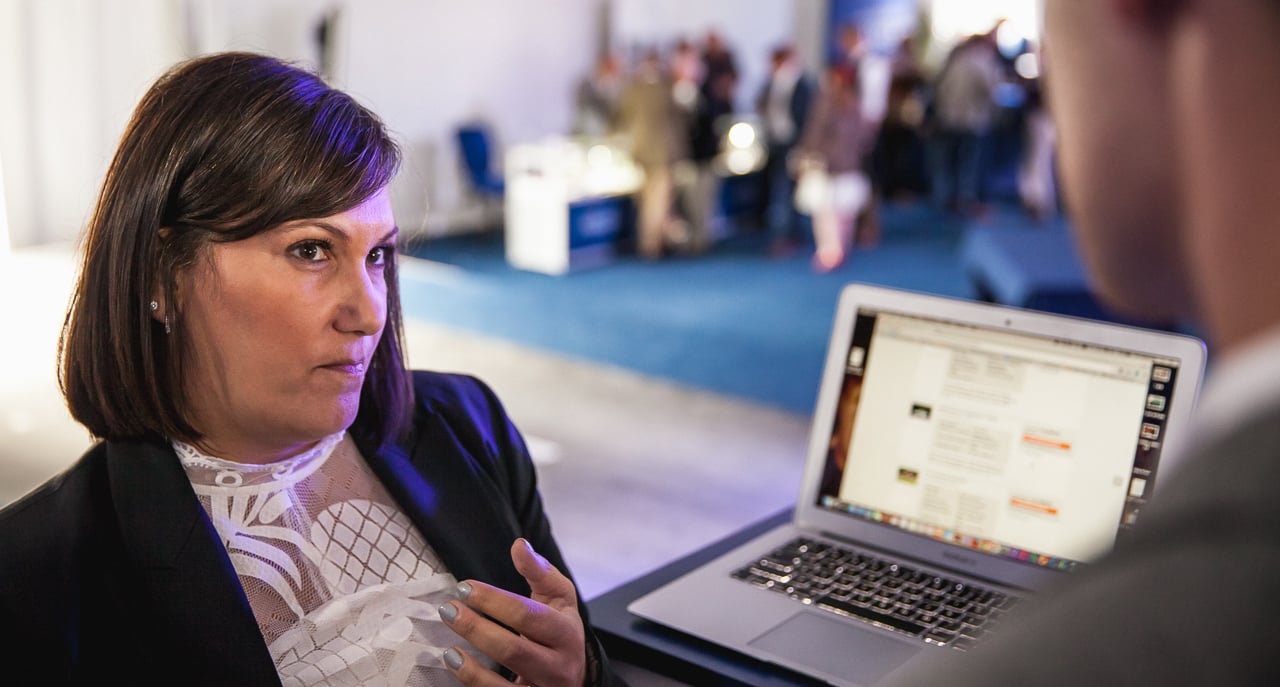
Online bidding is managed by an external company called Proxibid, a true online marketplace that securely connects buyers and sellers from over 190 different countries. “Anybody who’s bidding at home will see and hear the auctioneer broadcast live,” said Dana Kaufman, Communications Director at Proxibid. “They can bid in real time and we will relay their bids to the auctioneer.” An hour before the sale began, more than £1m of pre-bids had been submitted online.
On the telephone
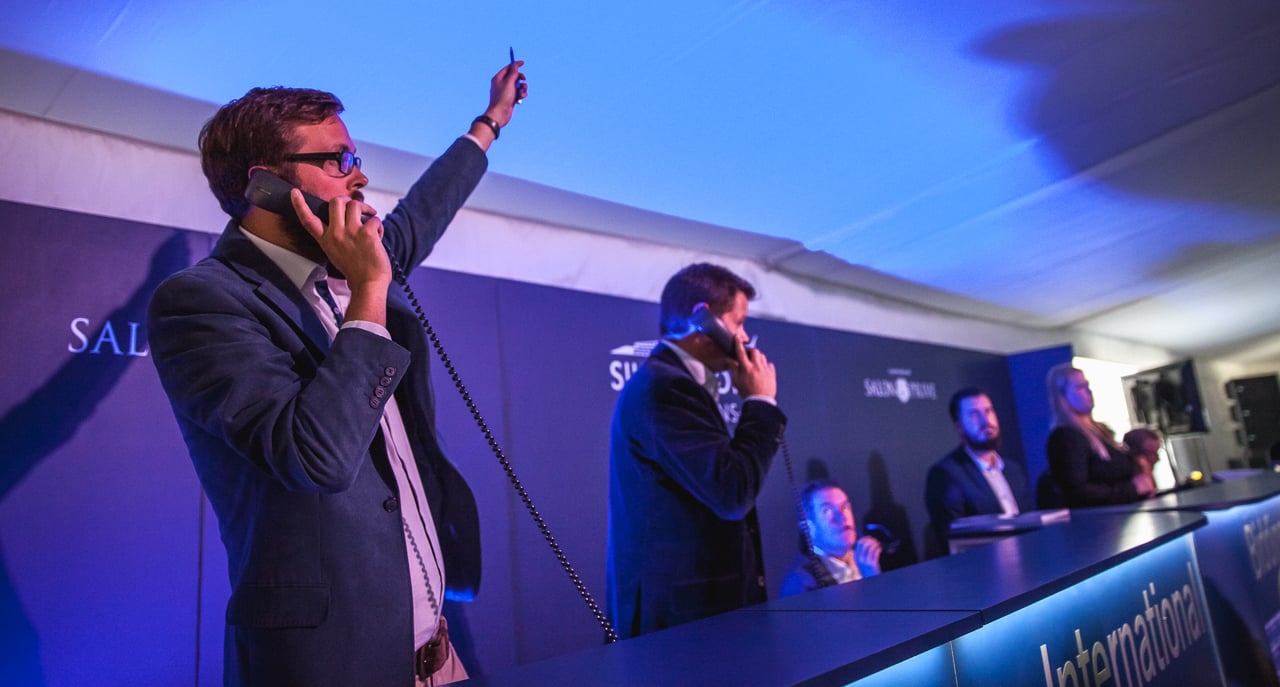
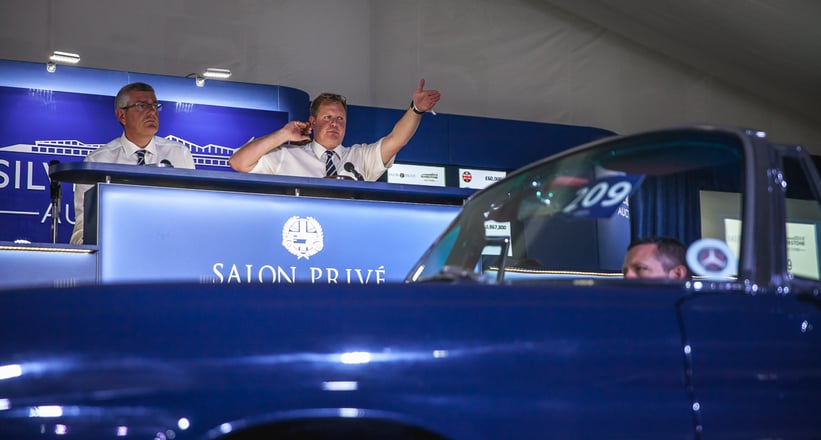
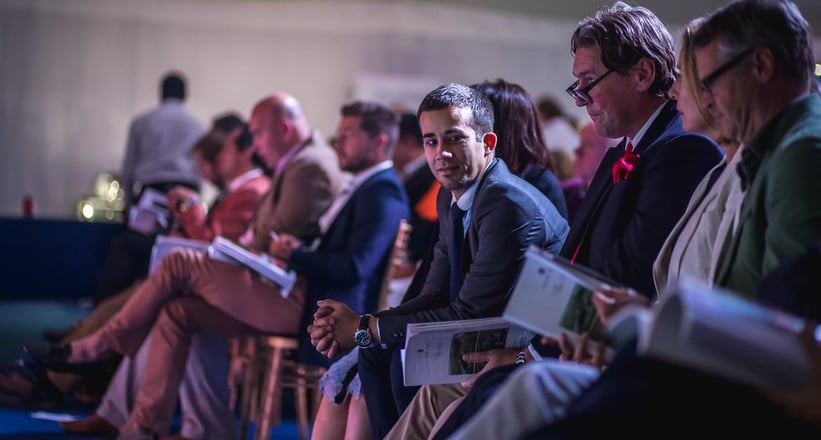
Telephone bidding is another complex aspect, during which a dedicated auction representative will ‘paint the room’ and bid on behalf of the client, who is absent either involuntarily or by choice (for reasons of discretion, for example). Transparency and speed is everything. Quite remarkably, a bidding war could ensue between clients in the room, those on the phone (who, incidentally, might also be in the room), and those online on the other side of the world, all in real time. “Typically we have around 10 to 20 telephone bidders, so we call them beforehand to make sure their phones are working, etc.,” commented Classic Car Specialist Jonny Shears. “We don’t want to miss any bids because, ultimately, that could be the difference between a car selling or not.”
It’s not over until...
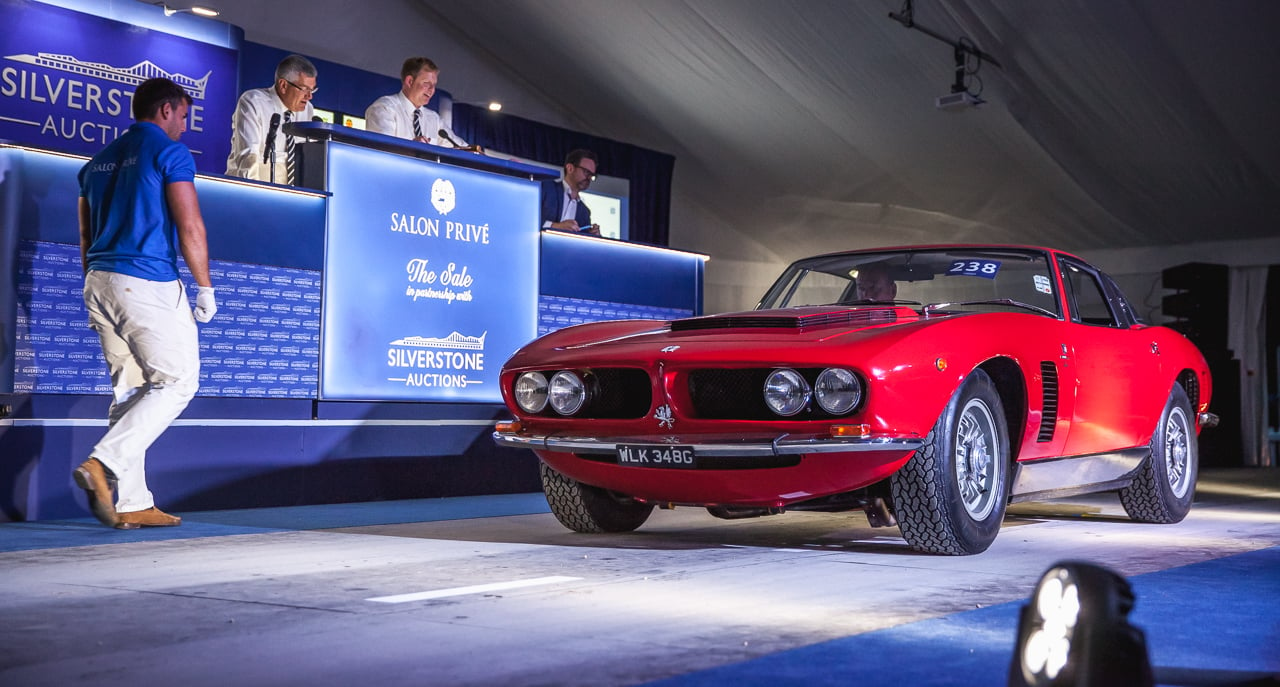
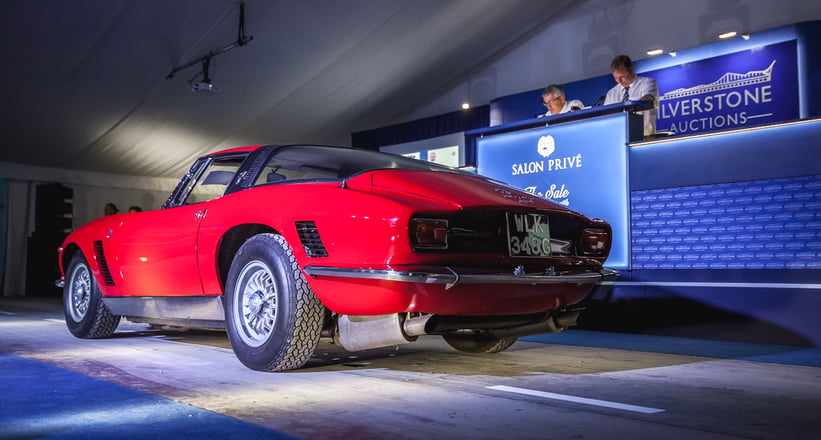
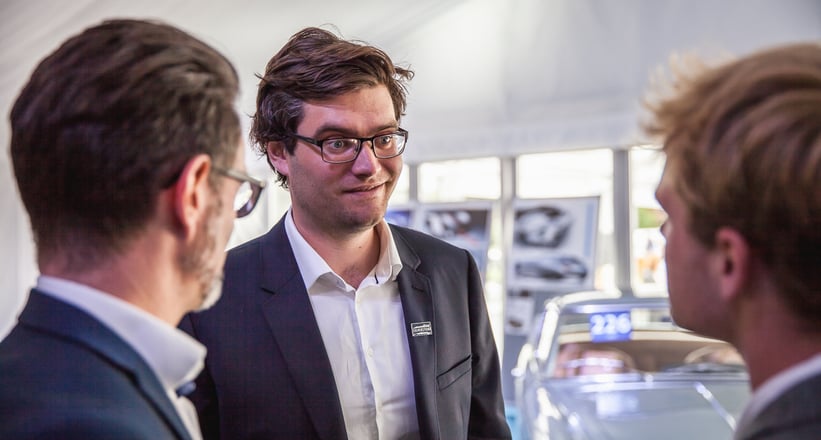
Remember that sellers might be on the phone, too. Interestingly, if a car is on the block and is bid just under reserve, the owner will be asked if they want to accept the bid and, if they agree, a small light on the rostrum will flash to inform the auctioneer. If a lot goes unsold but very close to its reserve, the auctioneer will invite serious enquiries following the sale. And, if a sold lot hasn’t been paid for and collected before Monday lunchtime, it will be transported and stored at the expense of the buyer.
After the gavel has dropped for the final time, it’s time to reflect on the sale. As Operations Manager Harry Whale puts it, “For six weeks before the auction, we are business people. But for the week leading up to it, we’re entertainers – we’re here to put on a show.” And a very enjoyable show it was...
Photos: Tim Brown for Classic Driver © 2015
Lotus C-01 reigns supreme at the Glemseck 101

At last weekend’s Glemseck 101 motorcycle festival, Superbike world champion Troy Corser demonstrated the immense performance of the new Lotus C-01, beating Kawasaki test-rider Francesca Gasperi’s 310bhp Ninja on the 1/8th mile sprint…
Man and machine vs. woman and electronics

“It was a struggle between man and machine, and woman and electronics,” commented Tobias Aichele of Classic Driver dealer Premiummotorrad, Europe’s only distributor of Lotus Motorcycles. “The Lotus waives all electronic aids such as traction control and ABS, but the Kawasaki is crammed with them.”
A wheelie finish


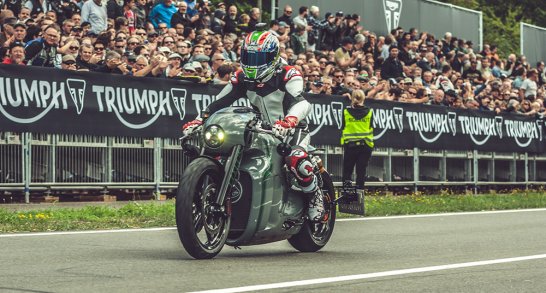
A lack of electronic aids wasn’t the only difficulty facing Corser – the Lotus’s wheelbase is extremely long, with all 200HP going directly to the rear wheel. Keen for a challenge, the Australian pro decided to try and wheelie the whole way. “With a little practice, I could ride the Lotus on the rear wheel for kilometres,” he said with a grin.
Looks familiar?



If the colours of the Lotus seem familiar to you, don’t be alarmed. The exceptional bike was appointed by Classic Driver, and configured in our brand colours. It’s one of the first examples built, and after its impressive demonstration at Glemseck, can be seen in the Premium Motorcycle showroom at Motorworld in Stuttgart. You can read a detailed feature on our Lotus C-01 on Classic Driver soon.
Photos: Frederic Seemann for Classic Driver © 2015
Inscription à :
Articles (Atom)

